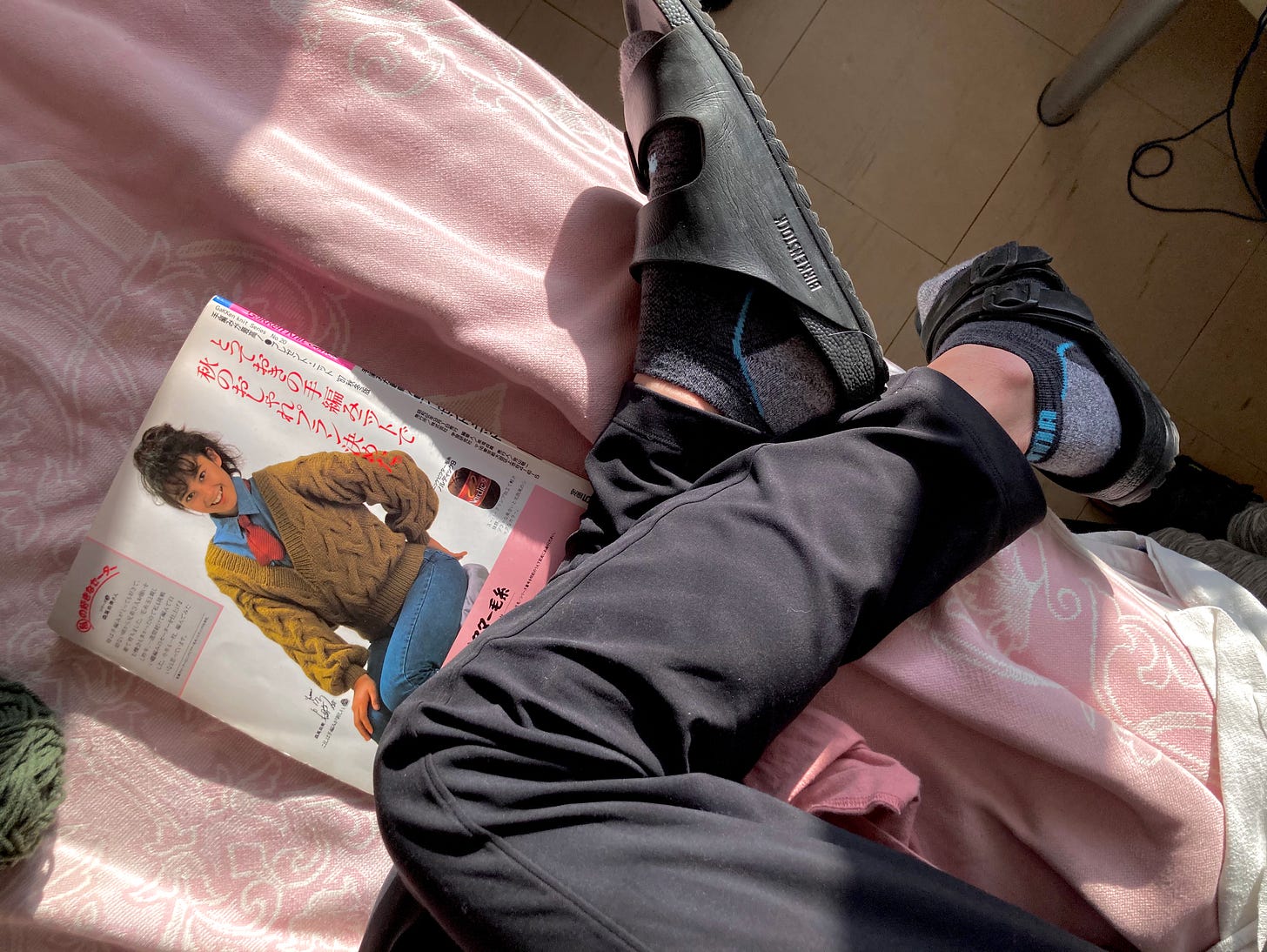I think I’m the only patient who hasn’t decorated my “quad” (my section of a hospital room I share with three other patients). One of my neighbours, an energetic mom, transforms her quad into a hygge nest within an hour of arriving: lining the windowsills with cute metallic baskets, swapping the hospital blankets for her own cozy fleeces. She loses track of time building Lego sets. Within a week she’s built a miniature KFC and Walmart. We hold them up close to our faces, peering inside the little storefront windows, gushing at the tiny dining booths.
I love visiting other quads—when I pull back the hospital curtain that divides our space, I enter another world; a warm home distinct from the sterile ward outside of it. Everyone adjusts the lighting to make it their own, moves the furniture, even if it’s just angling one piece slightly differently. Photos of family and friends, drawings and sympathy cards line the walls. No matter how small the space, everyone builds t…



